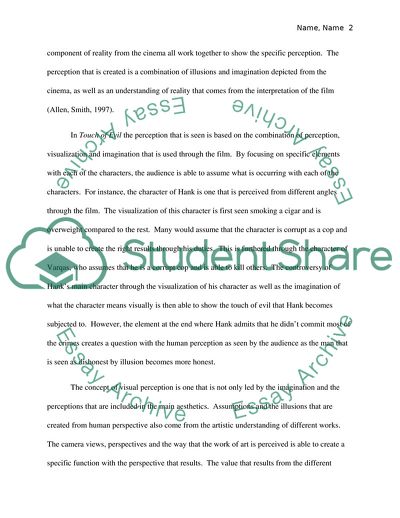Cite this document
(Cinema Techniques and Perception Case Study Example | Topics and Well Written Essays - 2500 words, n.d.)
Cinema Techniques and Perception Case Study Example | Topics and Well Written Essays - 2500 words. Retrieved from https://studentshare.org/visual-arts-film-studies/1737441-film-and-critical-theory-2
Cinema Techniques and Perception Case Study Example | Topics and Well Written Essays - 2500 words. Retrieved from https://studentshare.org/visual-arts-film-studies/1737441-film-and-critical-theory-2
(Cinema Techniques and Perception Case Study Example | Topics and Well Written Essays - 2500 Words)
Cinema Techniques and Perception Case Study Example | Topics and Well Written Essays - 2500 Words. https://studentshare.org/visual-arts-film-studies/1737441-film-and-critical-theory-2.
Cinema Techniques and Perception Case Study Example | Topics and Well Written Essays - 2500 Words. https://studentshare.org/visual-arts-film-studies/1737441-film-and-critical-theory-2.
“Cinema Techniques and Perception Case Study Example | Topics and Well Written Essays - 2500 Words”. https://studentshare.org/visual-arts-film-studies/1737441-film-and-critical-theory-2.


